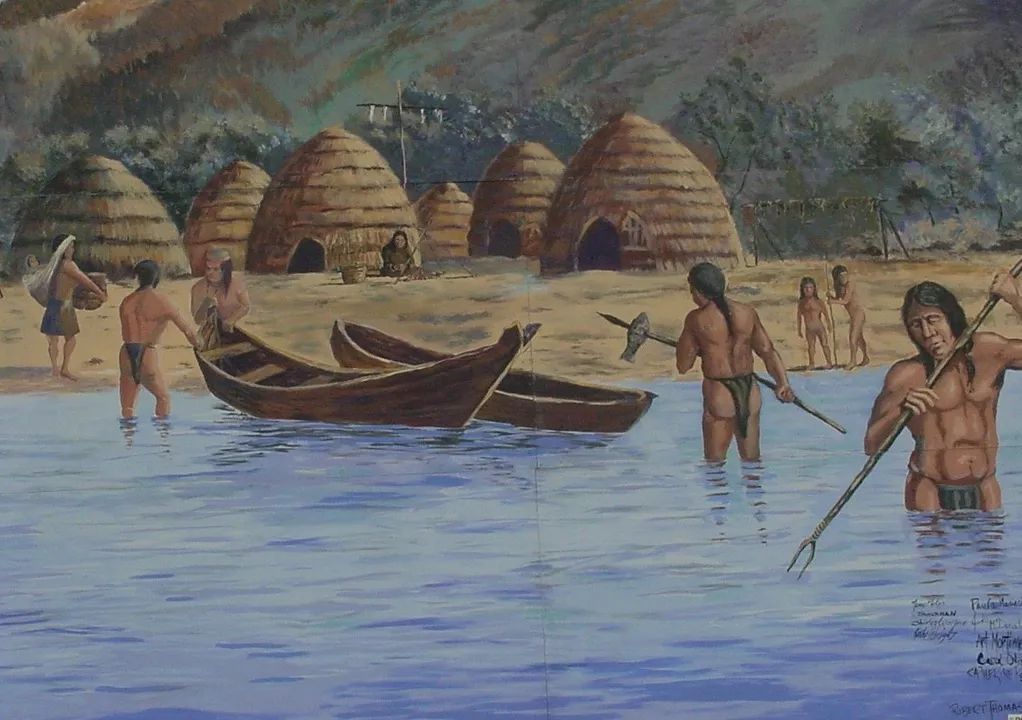Chumash Indians: Who They Were and Why They Matter
If you’ve ever wondered about the original people of California’s coast, the Chumash Indians are a great place to start. They lived along the sandy beaches and rolling hills from present‑day San Luis Obispo down to Los Angeles for thousands of years before Europeans arrived. Their name means “the people who gather oyster shells,” which tells you a lot about how linked they were to the sea.
What makes the Chumash stand out is their sophisticated boat‑building skills. They crafted tomols, wooden plank canoes sealed with a natural resin that let them fish, trade, and travel between islands and mainland. Imagine sailing on a craft that could hold up to 30 people, long before modern boats existed. Those canoes helped the Chumash trade seashells, copper, and even food with neighboring tribes.
Everyday Life and Traditions
Daily life for the Chumash blended hunting, fishing, and gathering. They harvested acorns, pine nuts, and mussels, turning them into staple foods that lasted through the seasons. Their diet was so varied that they could survive droughts that would cripple other groups.
Art was another big part of their identity. They painted intricate designs on pottery, carved symbols into wooden items, and created beautiful shell jewelry that still turns heads in museums today. These designs weren’t just decorative; they told stories about hunting successes, religious beliefs, and family lineage.
Speaking of belief, the Chumash had a rich spiritual world. They honored a creator called Hahamog’na and performed rituals at sacred sites like the ancient village of Huzam. Dance, song, and mask ceremonies brought the community together and helped pass down knowledge without written records.
Visiting Chumash Heritage Today
Want to see Chumash history up close? Head to the Santa Barbara Museum of Natural History or the San Luis Obispo Museum of Art—both showcase artifacts and interactive exhibits. If you prefer outdoor experiences, the Chumash Painted Cave in Malibu offers a glimpse of ancient rock art still visible after centuries.
Many local parks now protect former Chumash villages. For example, the Gaviota State Park and the Los Padres National Forest have interpretive signs that explain how the land was used and why it matters. Guided tours run by native groups can give you personal stories, and you’ll often get to try a modern tomol paddling experience.
Before you go, remember to respect the sites. These places aren’t just tourist attractions; they’re sacred grounds for living descendants. Stick to marked trails, avoid touching artifacts, and consider supporting native-run cultural centers—your money helps preserve the heritage.
Bottom line: the Chumash Indians left an indelible mark on California’s coast. From clever ocean canoes to stunning artwork, their legacy is still very much alive. Whether you’re a history buff, a nature lover, or just curious, exploring Chumash heritage adds depth to any California trip and reminds us how rich indigenous cultures truly are.



